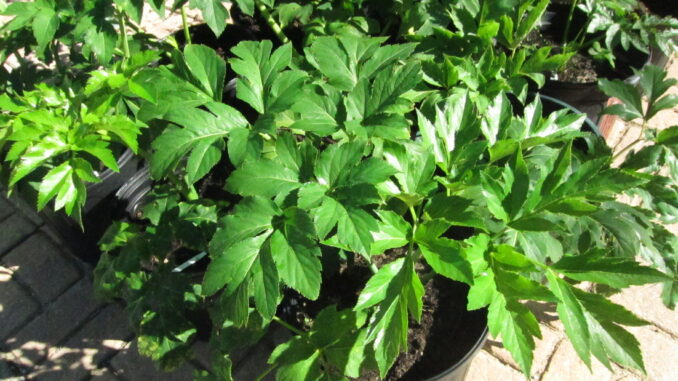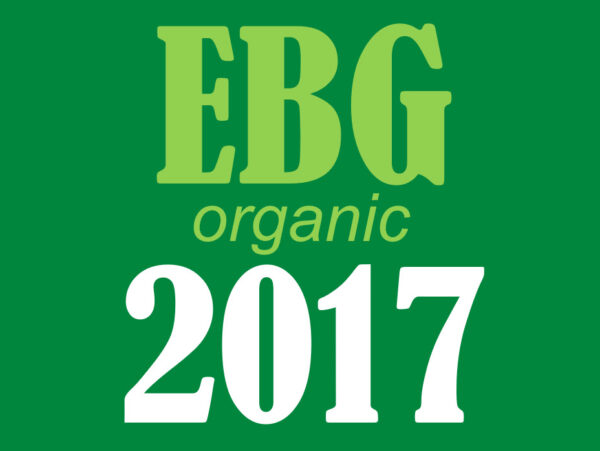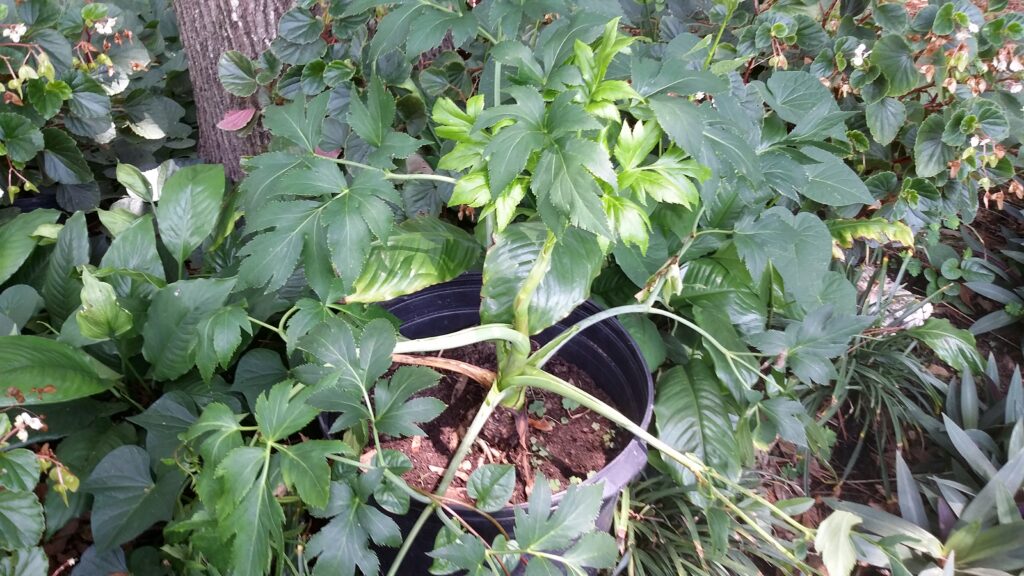

Angelica Keiskei Koidzmi is an Asian herb belonging to the same genus as Angelica Sinensis aka Japanese/Chinese Angelica. The name Angelica comes from the Latin name for angel and was given to this herb because of its godly effects, namely its extraordinary ability to slow the aging process. If the leaves were picked today, it would blossom again tomorrow; that’s the regenerative power of Ashitaba.

The Ashitaba name comes from the Japanese words for tomorrow leaf. Ashitaba has been used in Japan (Edo Period of 15th Century) and China (Ming Dynasty in early 15th Century) as medicinal herbs due to its power of supplying vital nutrients. Chalcones, organic compounds called flavonoids, found in Ashitaba confer potent antioxidant activity exceeding that of red wine, green tea, or soy. Source: http://ashitabaplant.blogspot.com/2011/06/ashitaba.html

EDEN Tip: After four years of testing, all attempts to propagate Japanese Ashitaba have failed. However, Gynura Procumbens (the Philippine variety) grows like a weed. Although not as high in anti-oxidants as the Japanese variety, the ease of propagation reduces the physical maintenance required and ensures a steady supply of this valuable plant. Click the button below to read more about Gynura Procumbens at EDEN.

